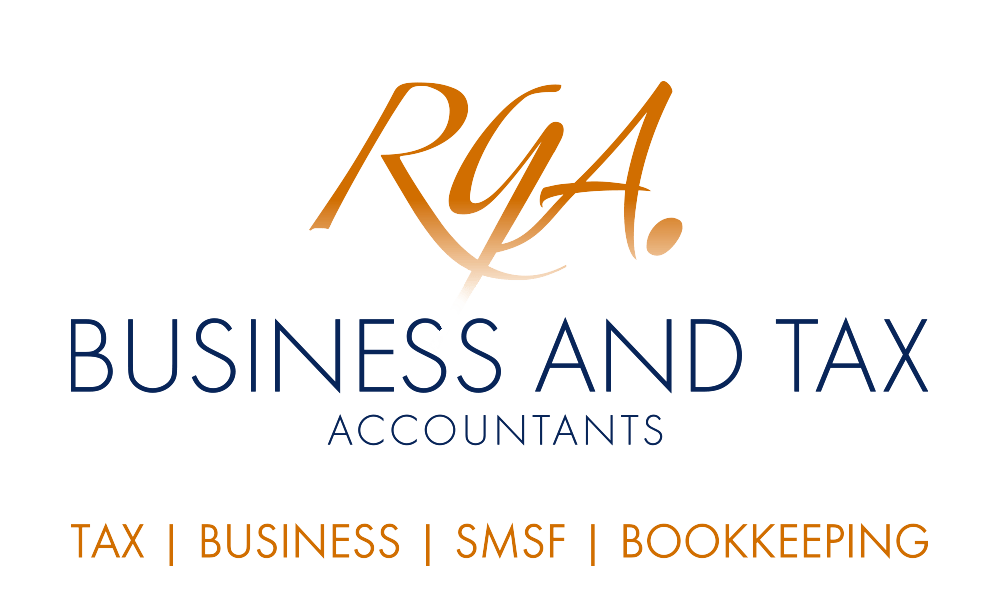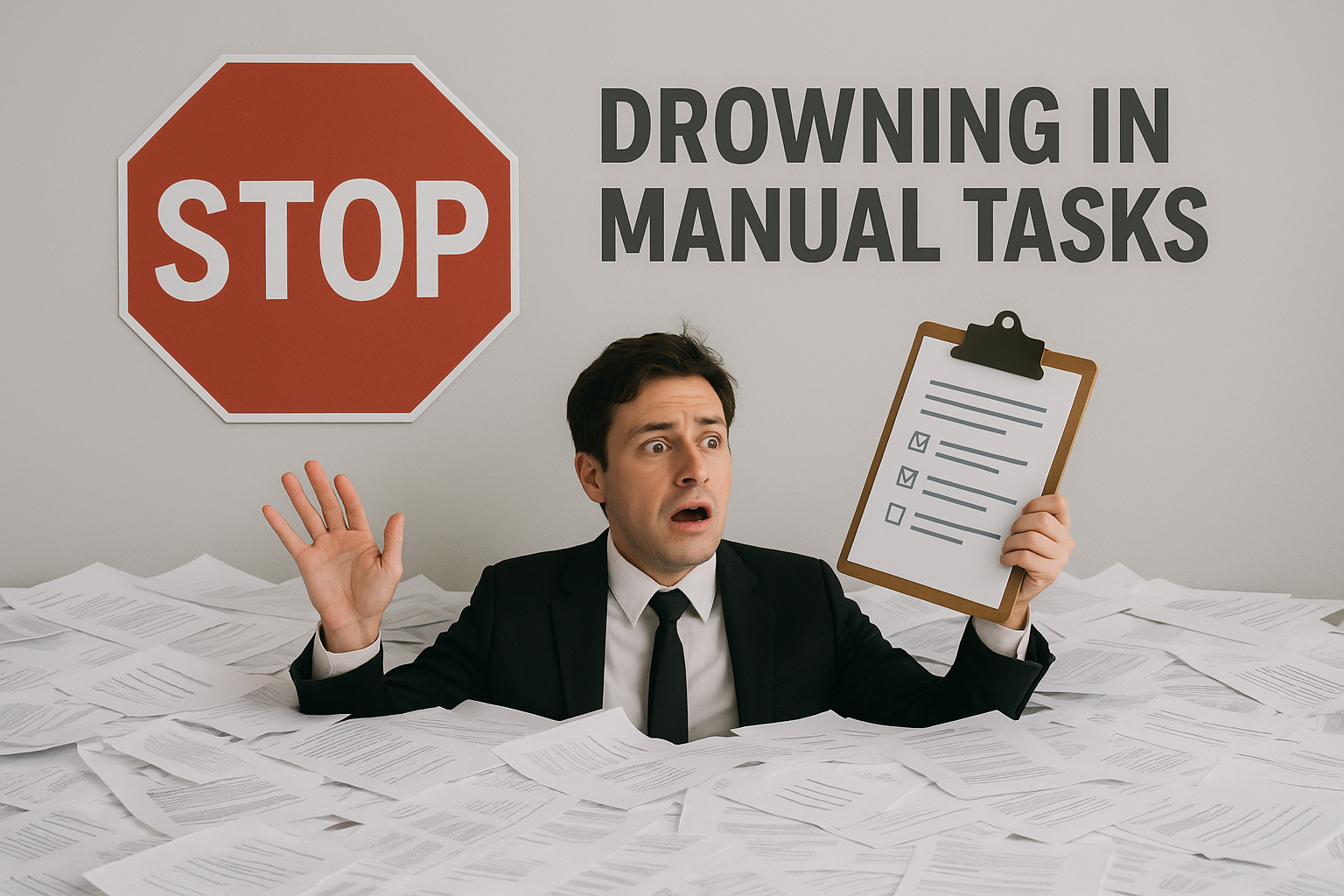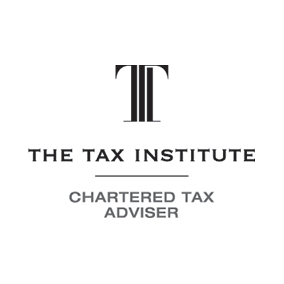
The new year means more help for first home buyers to get on the property ladder. The new First Home Loan Deposit Scheme came into effect on 1 January 2020 and seeks to provide eligible first home buyers on low and middle incomes with a guarantee so they can purchase a residential property with a deposit of as little as 5%. Currently, only 7,000 places are available with 3,000 having already been taken up, but 10,000 more places will be released in July. Eligibility depends on the financial circumstances of the applicants as well as the property value.
With the advent of the new year as well as a new decade, a new measure is now in effect to give first home buyers a leg up on the property market. Starting 1 January 2020, couples that earn less than $200,000 combined, and singles that earn less than $125,000, who have never owned a property and are Australian citizens may apply for the First Home Loan Deposit Scheme (FHLDS). Australian permanent residents will not be eligible, and if you're applying as a couple, both will need to be Australian citizens.
The FHLDS provides a guarantee that will allow 7,000 lucky eligible first home buyers on low and middle incomes to purchase a residential property with a deposit of as little as 5%.
To be eligible, you must meet the income criteria above, be over 18, and move into the property within 6 months from the date of settlement, or if later, the date an occupancy certificate is issued and continue to live in that property for so long as your home loan has a guarantee under the scheme. In other words, investment properties are not supported under the scheme and if you don't live in the purchased property, or if you move out of the property at a later time, your home loan will cease to be guaranteed by the scheme. At which time, you may be required to pay bank fees/charges/insurance that would've otherwise applied had you not been a part of the FHLDS.
The scheme also caps the maximum property purchase price to ensure that only modest homes are covered. For example, in an NSW capital city or a regional centre, the maximum value of property that is covered under the FHLDS is $700,000. For a Victorian capital city or regional centre the maximum is $600,000. That figure falls to $400,000 for WA, SA and Tasmanian capital cities. Queensland capital city and regional centre has a cap of $475,000.
Under the FHLDS, eligible singles or couples are able to purchase existing dwellings, house and land packages, land and separate contract to build a home, "off-the-plan" purchases, and eligible building contracts. However, each category has its own criteria which must be satisfied, for example, for "off-the-plan" purchases, the settlement date of your home loan must occur within 90 days of your home loan becoming guaranteed under the scheme.
Initially 10,000 places were released on 1 January, but 3,000 potential first home buyers have already been registered under the FHLDS by participating banks. If you miss out on the 7,000 that is currently available due to the need to gather the necessary financial information to support your application, don't fret, another 10,000 will be released from July 2020.
Currently, the scheme is only being offered by 2 participating major bank lenders, however, from 1 February 2020, 25 smaller lenders will join the scheme's lending panel to offer more choice to eligible applicants. If you don't want to go direct to the banks, you can also apply for the scheme via registered mortgage brokers provided the broker has a relationship with a participating lender.
Interested in applying?
If you have an eligible property in mind and want to apply for the FHLDS, the first thing to do is gather all the information required for a loan application including personal identification and income details. We can help you gather the appropriate tax return and ATO assessments should the bank require it and compile documents of other regular income including dividends. Contact us today.









